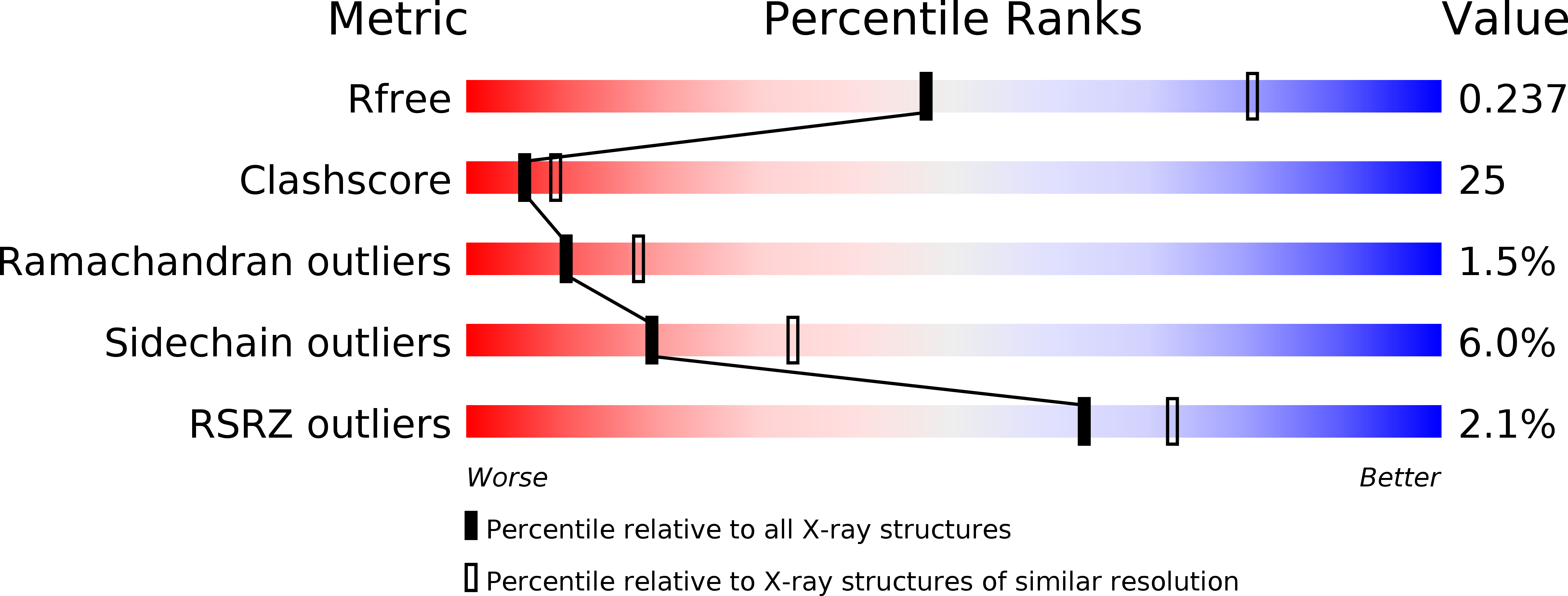Abstact
The poorly known mechanism of inhibition of cholinesterases by inorganic mercury (HgCl2) has been studied with a view to using these enzymes as biomarkers or as biological components of biosensors to survey polluted areas. The inhibition of a variety of cholinesterases by HgCl2 was investigated by kinetic studies, X-ray crystallography, and dynamic light scattering. Our results show that when a free sensitive sulfhydryl group is present in the enzyme, as in Torpedo californica acetylcholinesterase, inhibition is irreversible and follows pseudo-first-order kinetics that are completed within 1 h in the micromolar range. When the free sulfhydryl group is not sensitive to mercury (Drosophila melanogaster acetylcholinesterase and human butyrylcholinesterase) or is otherwise absent (Electrophorus electricus acetylcholinesterase), then inhibition occurs in the millimolar range. Inhibition follows a slow binding model, with successive binding of two mercury ions to the enzyme surface. Binding of mercury ions has several consequences: reversible inhibition, enzyme denaturation, and protein aggregation, protecting the enzyme from denaturation. Mercury-induced inactivation of cholinesterases is thus a rather complex process. Our results indicate that among the various cholinesterases that we have studied, only Torpedo californica acetylcholinesterase is suitable for mercury detection using biosensors, and that a careful study of cholinesterase inhibition in a species is a prerequisite before using it as a biomarker to survey mercury in the environment.



